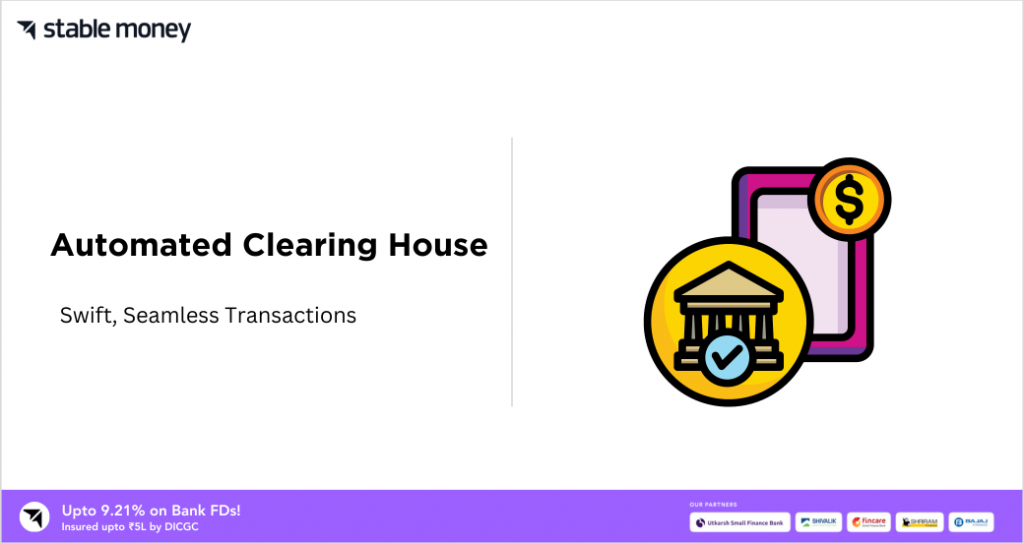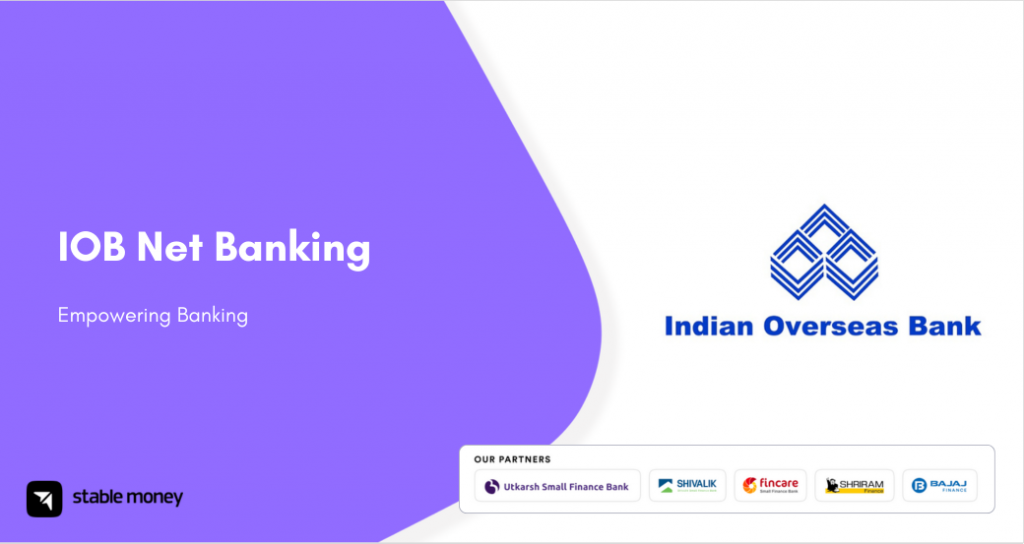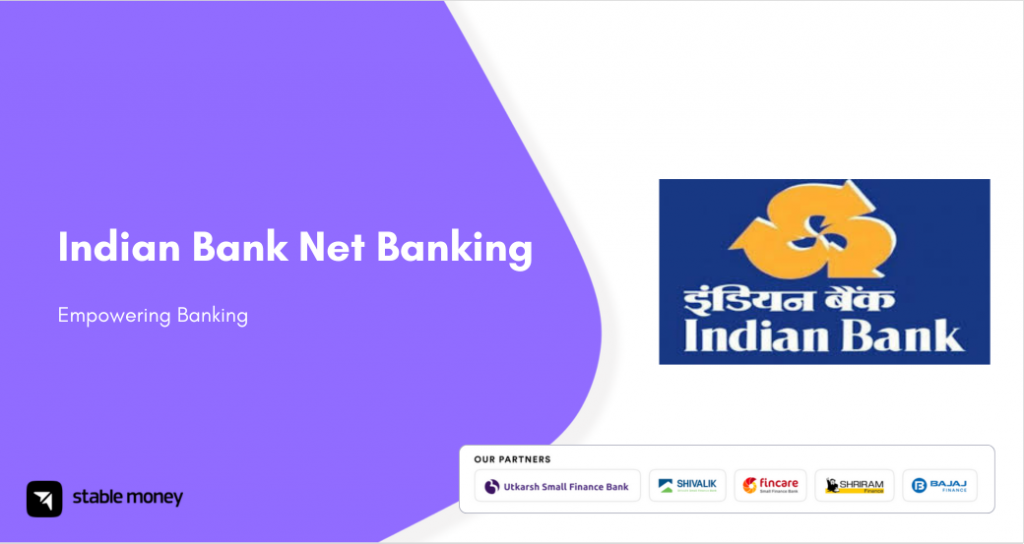
The Automated Clearing House, or ACH, is a nationwide batch-oriented electronic funds transfer system used in the United States. It processes large volumes of credit and debit transactions in batches each day.
What is The Meaning of Automated Clearing House
Automated Clearing House, or ACH, is a nationwide electronic funds transfer network. It processes large volumes of credit and debit transactions in batches. ACH processes transactions electronically, like direct deposit, recurring bill payments, and online payments between banks.
Example of Automated Clearing House
An example of ACH is payroll direct deposit. When you sign up for direct deposit with your employer, they will electronically send your payroll information, like salary amount, to their bank using ACH each pay period. The bank then deposits the money directly into your bank account on payday. You don’t have to go to the bank and deposit checks manually. It is a convenient way to receive wages without hassle.
Working on the ACH System in India
The National Payments Corporation of India (NPCI) manages and operates the ACH system in India. It is called the National Automated Clearing House (NACH). NACH was established in 2006 to replace the existing Electronic Clearing Service (ECS) system.
All participating banks and their branches are linked to the NACH platform. When an ACH transaction is initiated, the debit and credit instructions are entered into the NACH system by the originating bank on behalf of the company or entity initiating the collection. NACH processes the transactions in batches and settles the funds between the banks, usually on a T+1 or T+2 basis.
Importance of the Automated Clearing House System
There are several advantages of the ACH system for both individuals and businesses:
- Convenient and Easy Processing – ACH allows automatic, paperless payments and collections to be made seamlessly between bank accounts.
- Faster Access to Funds – Transactions are settled periodically throughout the day rather than in batches once or twice daily. Funds can be made available sooner.
- Increased Efficiency – Payments can be scheduled on preset dates rather than requiring manual processing of checks. It saves time for both payers and receivers.
- Cost Effectiveness – ACH transactions carry a lower processing fee than checks, wire transfers or credit cards. As volumes increase, costs decrease in proportionality.
Characteristics & Features of ACH system
- Paperless Processing
- ACH transactions are electronic; no paper checks are involved.
- Batch Processing
- Transactions are processed in batches at regular intervals instead of individually.
- Recurring Payment Capability
- ACH allows customers to set up one-time or recurring payments for bills and other automatic deductions.
- Third-Party Payment Functionality
- Businesses can make or receive payments directly from/to other parties’s bank accounts through ACH.
- Timely Settlement
- ACH settles transactions on a scheduled basis; the receiving bank gets funds within 48 hours for most transfers.
Charges Associated with ACH System
There are some nominal fees associated with processing ACH transactions. Originator banks may charge a small fee to companies for initiating ACH debits or credits on their behalf. These fees typically range from $0.10 to $0.25 per transaction.
Receiving banks can also collect per-item fees from other participating banks to cover the costs of receiving and processing electronic entries. The fees may be higher for cross-border ACH transactions than domestic ones.
What is RTGS?
RTGS stands for Real Time Gross Settlement. It is a funds transfer mechanism where the transaction is completed regularly and in real-time. Here, the transactions are settled individually with immediate finality without waiting for batch settlement. RTGS transactions have no maximum amount limit but are typically used for large-value electronic fund transfers over Rs. 2 lacs.
What is the Difference Between ACH & RTGS?
| ACH | RTGS |
|---|---|
| Batches funds transfers | Individual fund transfers |
| Settlement happens periodically | Settlement occurs instantly in real-time |
| Lower transaction fees | Higher transaction fees |
| Suitable for everyday transactions | Ideal for large fund transfers and time-critical payments |
| It involves some processing delays | Immediate transfer of funds with finality |
How Long Does it Take to Process an ACH Payment?
The typical time to process an ACH payment depends on whether it is a credit or debit transaction. For ACH credit transactions where money is being deposited into a bank account, funds are usually available within two business days from initiating the transaction. Most credit transactions are received, and the funds are accessible to the recipient within this timeline.
What is VMBS?
VMBS stands for Virtual Micro Branch Stores. These small post offices function as bank collection points in rural areas without full-fledged bank branches. VMBS help widen the reach of digital banking and financial services.
What Information is Required for Senders to Initiate ACH Transfers to VMBS?
The sender must provide specific details instead of a regular bank account and routing number to initiate ACH credit transfers to a recipient’s bank account registered with a VMBS. It includes the recipient’s VMBS ID, IPPB Code (India Post Payments Bank Code) and UID (Unique Identification Number).
The funds can be electronically routed and credited to the customer’s account associated with that specific VMBS using these identifiers. ACH eases direct benefit transfers, wages, and pensions to people in remote villages via VMBS faster and more automated than previous methods.
What is the Limit of ACH?
No cap on the maximum amount can be transferred through ACH. Large dollar amount transactions are every day. However, individual banks may apply their limits, which are usually very high.
Minimum and maximum limits:
- No limit for credit transfers
- $100 minimum for single debit transfers
- $1 million limit for recurring debit transfers
What is NACH?
NACH is India’s homegrown National Automated Clearing House, which operates under the regulatory guidelines of RBI. It is operated by the National Payments Corporation of India (NPCI) to handle bulk electronic fund transfers in the country.
Difference Between NACH & ACH
| ACH (US) | NACH (India) |
|---|---|
| Operated by a private organization | Operated by NPCI authorized by RBI |
| Used in the US for payments between banks | Used in India for nationwide payments |
| Settlement in 1-2 business days | Settlement in T+1 or T+2 working days |
| Managed based on NACHA rules | Managed according to RBI guidelines |
| Used widely for payroll, bills, etc | It is also used for social security benefits transfers |
Benefits of Using ACH to Customers & Large Organizations
1. Convenience for Customers
ACH payments provide a convenient way for customers to pay bills or receive payments like payroll directly in their bank accounts. Customers do not need to write checks or ensure payments arrive by specific deadlines.
2. Flexibility for Businesses
Businesses can deposit and withdraw funds from customer accounts with ACH payments. It provides flexibility in managing cash flows. Companies can schedule recurring payments like utility bills or arrange for funds to be auto-deducted on due dates.
3. Cost Savings
Processing ACH transactions has much lower processing fees compared to credit card transactions. It allows businesses to save on payment costs. Bulk ACH transactions through file importing offer additional savings compared to processing each payment individually.
What is VMBS?
Victoria Mutual Building Society (VMBS) is Jamaica’s largest financial institution, established in 1882. It is a building society that promotes home ownership by providing savings products and lending to its members.
Difference Between VMBS TO ACH
VMBS and ACH differ in some key aspects:
| VMBS | ACH |
| Operates only within Jamaica | Facilitates electronic payments between banks across North America |
| Serves members through retail banking, savings and lending | Processes recurring payment types such as bills, payrolls and P2P transfers |
| The customer base includes individuals and local businesses | Customers are consumers and organizations using banks on the ACH network |
Advantages & Disadvantages of ACH System
1. Advantages of the ACH System
- Lower Cost: ACH payments have lower processing fees than other payment methods like credit cards. It saves costs for businesses and consumers.
- Convenience: Making and receiving payments through ACH is convenient as it is a paperless automated process. Payments can be scheduled for future dates.
- Efficiency: ACH reduces the manual effort required for payment collection and reconciliation. Bulk payments can be imported in a single file.
2. Disadvantages of the ACH System
- Irreversible: Once an ACH debit payment is initiated, the consumer cannot cancel it. It provides less flexibility than debit cards.
- Delay in Availability: Funds transferred through ACH may take 1-2 business days to clear and appear in consumer bank accounts compared to real-time payments.
- Bank Fees: While per-transaction fees are lower, banks may charge monthly maintenance or other miscellaneous expenses for customers to utilize the ACH network.
Final word
In conclusion, the ACH network is critical in electronically processing various recurring business and consumer payment types. Its low cost and efficiency benefit both individuals and organizations. Though it has some limitations, the ACH system remains an integral part of the financial infrastructure.
FAQs
The Automated Clearing House is a payment network that processes large volumes of electronic funds transfers between bank accounts.
Automated Clearing House in India is operated by the National Payments Corporation of India (NPCI), facilitating bulk electronic funds transfers across participating banks.
ACH processes work by collecting payment instructions from organizations and businesses and then batches them to settle funds between accounts on designated dates.
An ACH in banking refers to an Automated Clearing House, an electronic network for financial institutions to clear interbank payment instructions.
While ACH operates on a deferred net settlement basis, RTGS involves real-time settlement of payments between banks individually throughout the day on a one-to-one basis.
Disclaimer
This article is solely for educational purposes. Stable Money doesn't take any responsibility for the information or claims made in the blog.

